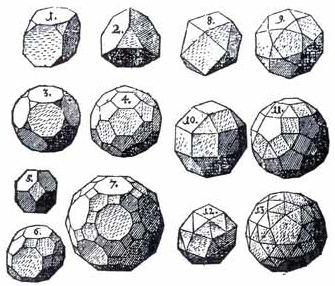In a series of 3 articles ($*$), Luigi Onofri studied the group of permutations $\mathrm{Sym}(I)$ of an infinite countable set $I$. He notably proved (in the third article, 1929) that this group has exactly 4 normal subgroups:
$$\{1\}\subset\mathrm{Alt}(I)\subset\mathrm{Sym}_{\mathrm{fin}}(I)\subset\mathrm{Sym}(I)$$
where $\mathrm{Sym}_{\mathrm{fin}}(I)$ is the subgroup of finitely supported permutations ("substitutions operating on finitely many elements") and $\mathrm{Alt}(I)$ is its subgroup of index 2 of even finitely supported permutations.
See https://math.stackexchange.com/a/2645097/35400 for more details.
This now classical result was rediscovered by Schreier and Ulam (1933, ${*}{*}$) and is so far exclusively attributed to Schreier-Ulam [with the notable but isolated exception of (${*}{*}{*}_1$), 1956 and (${*}{*}{*}_2)$, 1962], often as Baer-Schreier-Ulam theorem, referring to a subsequent extension (1934) by Baer to a classification of normal subgroups of the symmetric group over an arbitrary infinite set.
($*$) L. Onofri. Teoria delle sostituzioni che operano su una infinità numerabile di elementi, Memorie I, II, III. Annali di Matematica Pura ed Applicata.
Memoria I: vol. 4(1) 73-106, 1927; Memoria II: vol 5(1), 147-168, 1928; Memoria III: vol. 7(1), 103-130. (restricted Springerlink: Memoria I, Memoria II, Memoria III)
(${*}{*}$) J. Schreier, S. Ulam. Über die Permutationsgruppe der natürlichen Zahlenfolge. Studia Mathematica (1933) Vol. 4(1), p.134-141, 1933. (EUDML unrestricted access)
(${*}{*}{*}_1$) W. Scott. The infinite symmetric and alternating groups. Pages 1-22 in: W. Scott, C. Holmes, E. Walker, Contributions to the theory of groups, National Science Foundation Research Project on Geometry of Function Space, report no 5, NSF-G 1126, U. of Kansas, 1956. (Quite rare book, not on MathSciNet; I got it sent to my library from another one. Seems to have been reedited recently (Amazon Link); Publisher: Literary Licensing, LLC (March 30, 2013) ISBN-10: 1258647044; ISBN-13: 978-1258647049; Year 2013.)
(${*}{*}{*}_2$) C. Kent.
Constructive analogues of the group of permutations of the natural numbers.
Trans. Amer. Math. Soc. 104 1962 347–362. (unrestricted pdf access)
Added: at the opposite, there is another famous result, originally due to the same authors
Jósef Schreier and
Stanislaw Ulam, for which they are scarcely quoted, namely: they proved that the group of orientation-preserving self-homeomorphisms of the circle is a simple group (${*}{*}{*}{*}$). (Still Google Scholar detects a certain number of quotations, so this would not qualify as "forgotten".)
(${*}{*}{*}{*}$) J. Schreier; S. Ulam. Eine Bemerkung über die Gruppe der topologisehen Abbildungen der Kreislinie auf sich selbst.
Studia math. 5, 155-159 (1934). (EUDML unrestricted access)

